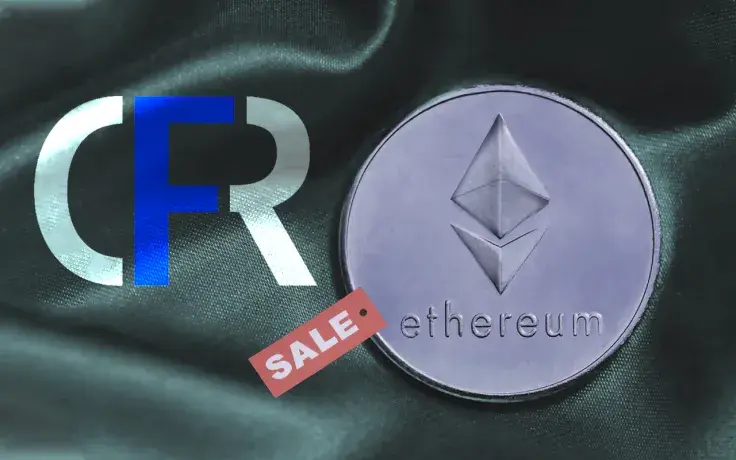
Disclaimer: The opinions expressed by our writers are their own and do not represent the views of U.Today. The financial and market information provided on U.Today is intended for informational purposes only. U.Today is not liable for any financial losses incurred while trading cryptocurrencies. Conduct your own research by contacting financial experts before making any investment decisions. We believe that all content is accurate as of the date of publication, but certain offers mentioned may no longer be available.
The Grayscale cryptocurrency fund was one of the most popular ways to receive exposure to the cryptocurrency market, and it was largely used by institutional investors long before the appearance of Bitcoin or even Ethereum futures exchange-traded funds, and today, the Ethereum Fund by Grayscale offers a large discount on NAV. Here's what it means.
Discount to NAV
The discount to the net asset value is a situation in which the fund's price on the market is lower than its daily net asset value. The main reason cause of this situation is large selling pressure, which causes a strong drop in the value of a fund's shares.
The opposite situation may occur when the fund is unable to properly cover existing demand for its shares. The rapidly rising price of the fund's shares puts the fund at a premium and makes the investment in it disadvantageous.
Grayscale offers large discount
Because of the lack of demand and constantly occurring selling pressure, Grayscale's Ethereum and Bitcoin funds are trading with a massive discount on NAV, which makes them potentially attractive for investors who have not yet received exposure to the market via spot assets.
Unfortunately, there are a couple of barriers that are pushing some investors away from Grayscale funds, including a minimal investment threshold of $50,000 for private investors and high fees.
While some traders and economists believe that receiving market exposure via Grayscale may help you maximize your profit whenever the next bullrun starts, others think that the fund will never again enter the premium zone because of the variety of alternative options for institutional investors, including futures and spot-based exchange-traded funds.


 Dan Burgin
Dan Burgin Vladislav Sopov
Vladislav Sopov U.Today Editorial Team
U.Today Editorial Team